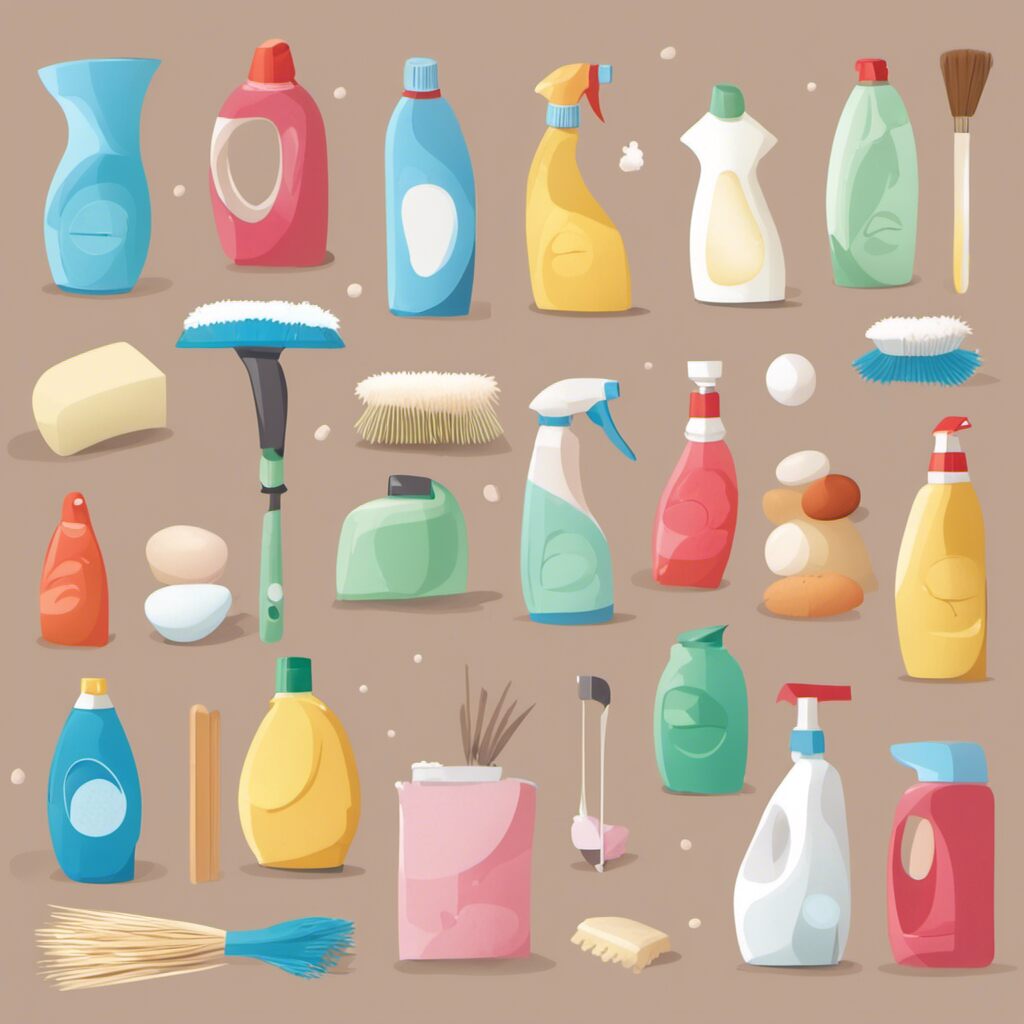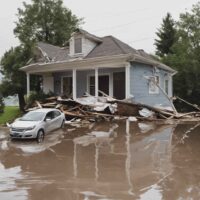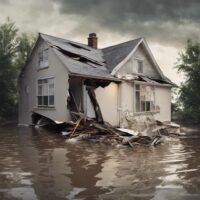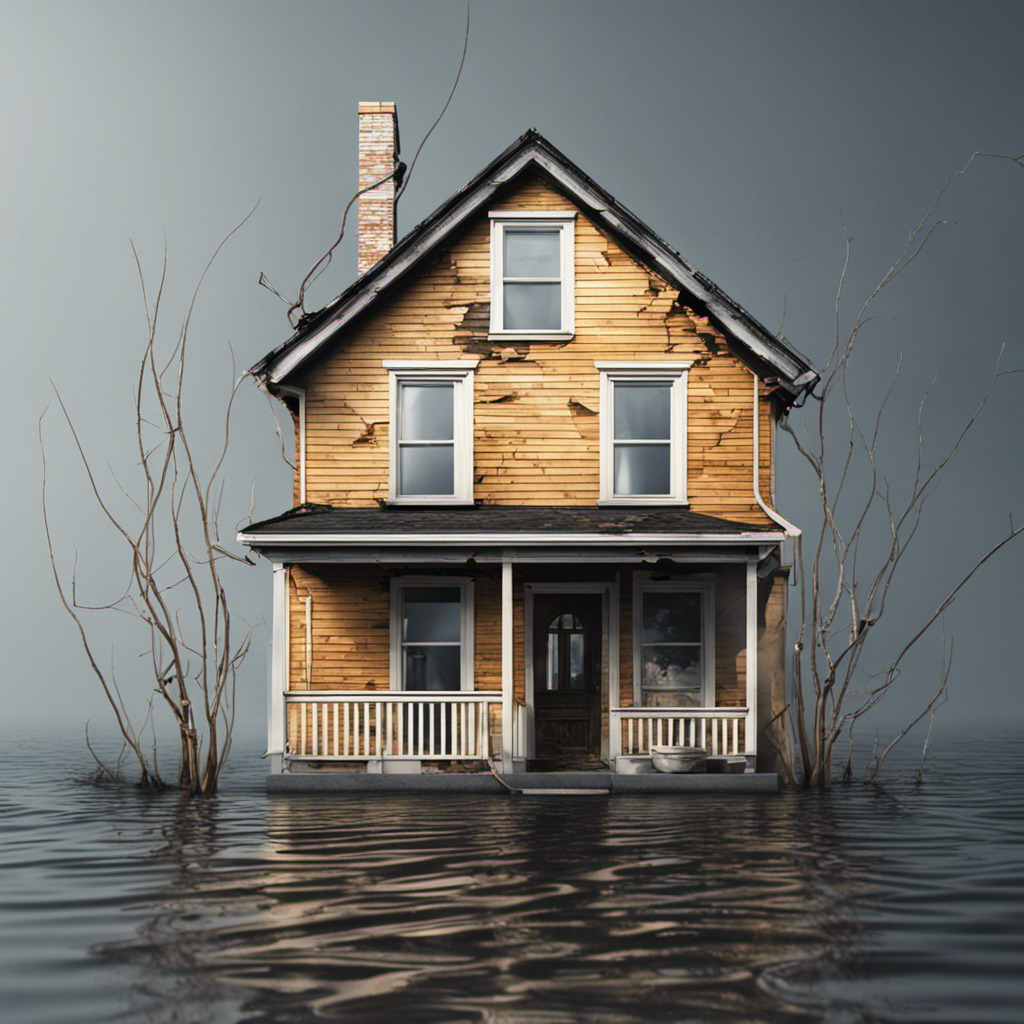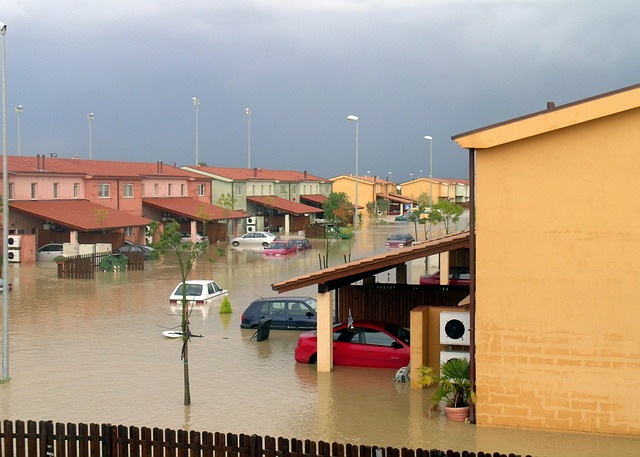
Water damage can wreak havoc on homes, causing headaches for homeowners and significant financial burdens. From leaky roofs to burst pipes, the sources of water damage are diverse and often unexpected. To help you navigate the waters of home maintenance and protection, this guide provides practical tips for preventing water damage. Whether you’re a new homeowner or a seasoned pro, understanding the common culprits and implementing straightforward strategies can make a significant difference in keeping your home dry and secure.
In this comprehensive guide, we’ll break down preventive measures into easy-to-follow steps, covering everything from routine maintenance practices to advanced protection methods. By adopting these practical tips, you’ll not only safeguard your home from the potential harms of water damage but also save yourself from the stress and expenses associated with repairs. Let’s dive into the world of simple, actionable advice that can make a big impact on the longevity and resilience of your home.
Table of Contents
Understanding the Risks
1.1 Identify Potential Sources of Water Damage
Understanding the potential sources of water damage is the first step in prevention. Evaluate your property for common risks such as:
- Leaky roofs and damaged shingles
- Faulty plumbing and burst pipes
- Poorly maintained appliances (dishwashers, washing machines, water heaters)
- Clogged gutters and downspouts
- Inadequate drainage around the foundation
1.2 Assess Vulnerable Areas
Certain areas of your home are more prone to water damage. Pay special attention to:
- Basements and crawl spaces
- Attics with insufficient insulation
- Areas around windows and doors
- Spaces with poor ventilation
1.3 Research Local Climate and Weather Patterns
Understanding your local climate and weather patterns is crucial. Different regions face distinct water-related challenges, such as heavy rainfall, snowmelt, or hurricanes. Tailor your prevention strategies to the specific risks associated with your location.
Exterior Maintenance Tips
2.1 Regular Roof Inspections
A well-maintained roof is your first line of defense against water intrusion. Perform regular inspections and address issues promptly:
- Check for damaged or missing shingles.
- Clean debris from the roof and gutters.
- Inspect flashing around chimneys and vents.
2.2 Maintain Gutters and Downspouts
Properly functioning gutters and downspouts direct water away from your home. Follow these maintenance tips:
- Clean gutters at least twice a year.
- Ensure downspouts are clear of debris.
- Extend downspouts away from the foundation.
2.3 Landscaping for Water Drainage
Landscaping plays a crucial role in preventing water damage. Implement the following landscaping strategies:
- Grade the soil away from the foundation.
- Install French drains to redirect water.
- Choose water-resistant plants for areas prone to flooding.
2.4 Seal Exterior Gaps and Cracks
Water can enter your home through even the smallest gaps. Seal gaps and cracks to prevent water intrusion:
- Use weatherstripping around windows and doors.
- Apply sealant to cracks in the foundation.
Interior Precautions to Take
3.1 Monitor Appliance Connections
Regularly inspect appliances for leaks and ensure secure connections:
- Check washing machine hoses for wear and replace as needed.
- Examine the dishwasher for leaks.
- Inspect water heaters for rust or corrosion.
3.2 Maintain Plumbing Systems
Proactive plumbing maintenance is essential for preventing water damage:
- Insulate pipes in cold areas.
- Regularly check for leaks and address them promptly.
- Know the location of the main water shut-off valve.
3.3 Install a Sump Pump
For homes with basements, a sump pump can prevent flooding:
- Install a sump pump in the lowest part of the basement.
- Test the pump regularly.
- Ensure proper discharge away from the foundation.
3.4 Invest in a Water Leak Detection System
Modern technology offers water leak detection systems to alert homeowners to potential issues:
- Place sensors in vulnerable areas.
- Connect the system to your home security or automation system.
Emergency Preparedness
4.1 Create a Home Emergency Plan
Prepare your household for potential water-related emergencies:
- Designate evacuation routes.
- Assemble an emergency kit with essential supplies.
- Ensure all family members are familiar with emergency procedures.
4.2 Secure Important Documents
Protect essential documents from water damage by:
- Keeping important papers in waterproof containers.
- Storing digital copies in the cloud.
4.3 Obtain Flood Insurance
In high-risk areas, consider purchasing flood insurance to mitigate potential financial losses.
4.4 Know How to Shut Off Utilities
In case of a water-related emergency, knowing how to shut off utilities can prevent further damage:
- Locate and label gas, water, and electricity shut-off valves.
- Teach family members how to turn off utilities safely.
Regular Inspections and Maintenance Tips
5.1 Schedule Professional Inspections
Regular professional inspections can identify potential issues before they escalate. Consider scheduling inspections for:
- Roof and attic spaces.
- Plumbing systems.
- Appliances with water connections.
5.2 Test Your Sump Pump
Regularly test your sump pump to ensure it functions correctly, especially before the rainy season or periods of increased water flow. Here is how to clean and maintain your home’s sump pump.
5.3 Check Window and Door Seals
Inspect and replace weatherstripping as needed to maintain watertight seals around windows and doors.
5.4 Monitor Water Usage
Being mindful of water usage can help identify leaks and conserve resources:
- Fix running toilets promptly.
- Check water bills for unexpected increases.
Response to Water Damage
6.1 Act Swiftly in Case of Water Damage
Time is of the essence when addressing water damage. Take immediate action:
- Identify and stop the source of water.
- Begin water extraction and drying processes.
- Consult with professionals for comprehensive restoration.
6.2 Document Damage for Insurance Claims
Document the extent of water damage for insurance purposes:
- Take photos and videos of affected areas.
- Keep a detailed inventory of damaged items.
6.3 Hire Professional Restoration Services
For significant water damage, seek professional restoration services to ensure thorough cleanup and prevent long-term issues.
6.4 Address Mold Promptly
Mold can quickly develop in damp environments. If water damage leads to mold growth:
- Consult with mold remediation experts.
- Address the root cause of moisture to prevent future mold issues.
Community and Neighborhood Initiatives
7.1 Participate in Local Drainage Projects
Engage with local initiatives that aim to improve drainage systems and reduce the risk of flooding in your community.
7.2 Promote Water Conservation Practices
Encourage your community to adopt water conservation practices to minimize stress on local drainage systems.
7.3 Share Information and Resources
Create a network with neighbors to share information, resources, and experiences related to water damage prevention.
7.4 Advocate for Zoning and Infrastructure Improvements
Be an advocate for zoning and infrastructure improvements that enhance water drainage and reduce the risk of flooding in your neighborhood.
Conclusion
A comprehensive strategy that combines proactive measures, routine maintenance, and community involvement is necessary to prevent water damage. Homeowners can protect their properties and lessen the effects of water-related problems by being aware of the risks, putting water damage preventative measures in place, and being ready for emergencies.
